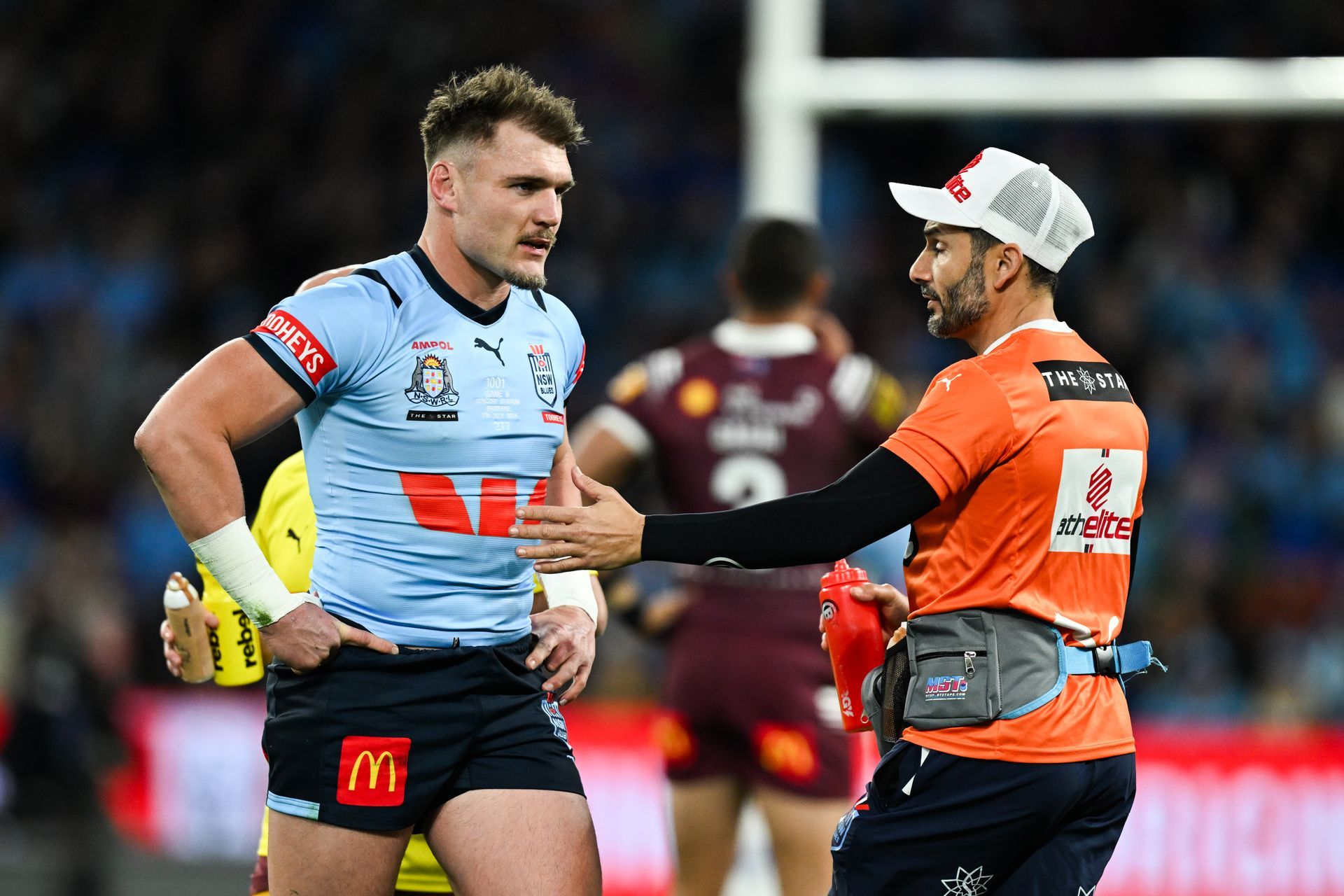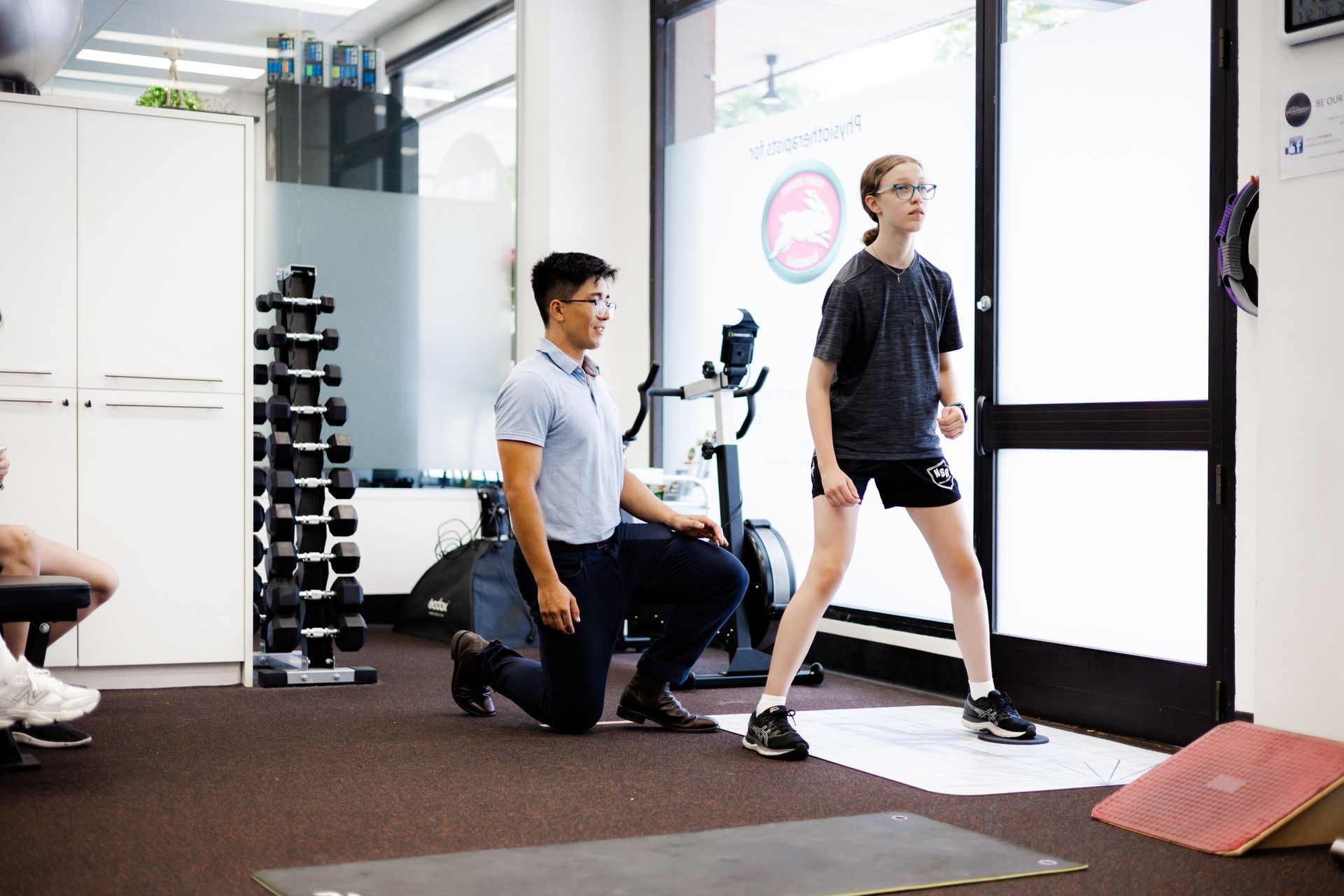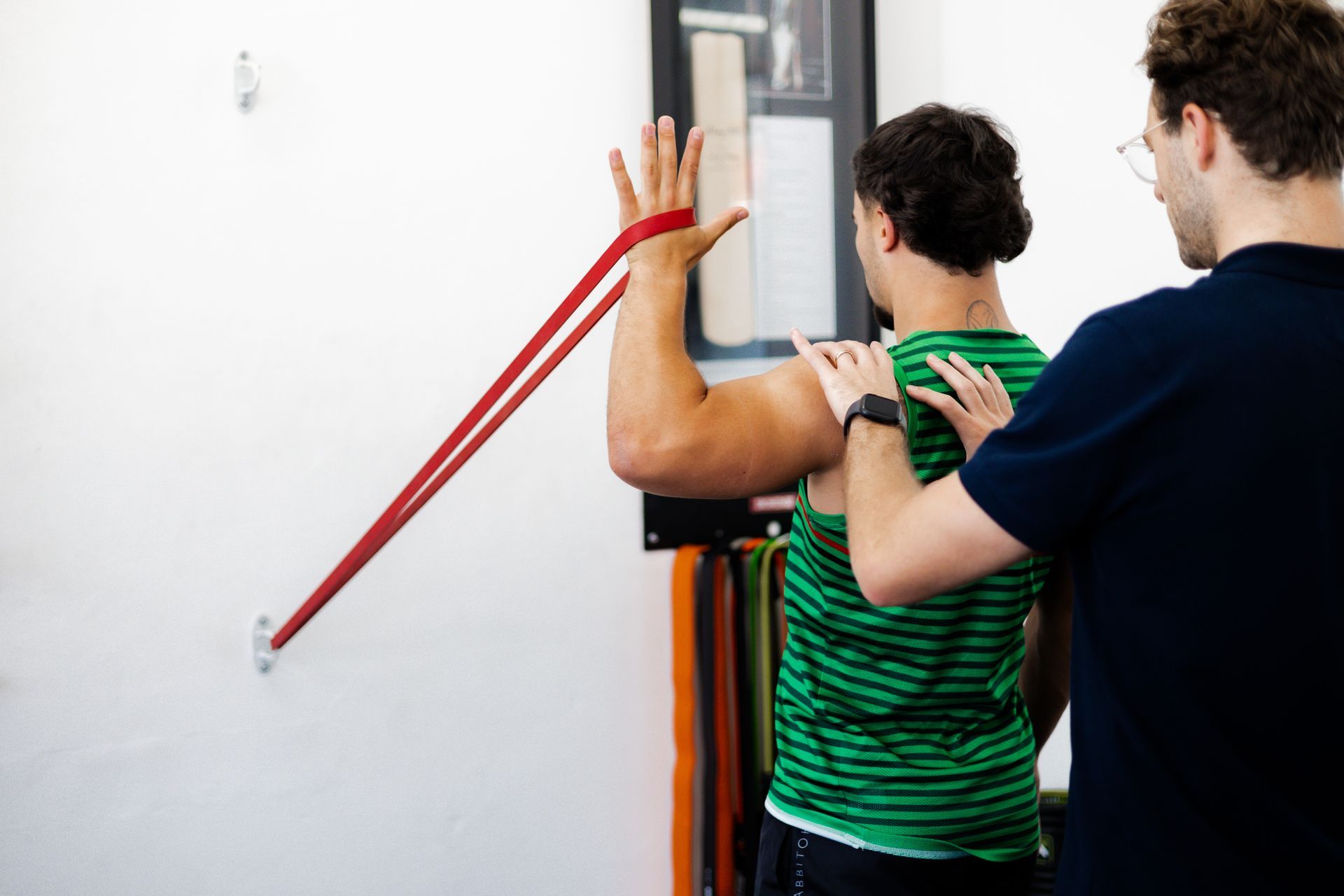Understanding the Low FODMAP Diet
The Low FODMAP Diet
If you suffer from IBS (Irritable Bowel Syndrome), there’s a high chance that you have heard of the low FODMAP diet – you may have even started one and feel better! The low FODMAP diet is broken down into three phases: elimination, reintroduction and personalisation. Understanding these three stages and working through them with a dietitian is key to getting the most out of the diet and controlling your symptoms long-term.
What is IBS?
IBS is a collection of unpleasant symptoms such as abdominal cramping, pain, bloating, diarrhoea and/or constipation. Unfortunately, it affects around one in five Australians at some point. Its cause is often unknown but, in some cases, it can be triggered by gastro or food poisoning. Psychological stress and genetics have also been implicated in the development of IBS.
FODMAPs explained
The low FODMAP diet was a breakthrough for IBS suffers. FODMAPs, stand for Fermentable, Oligosaccharides, Disaccharides, Monosaccharides and Polyols. FODMAPs are a type of carbohydrate found in certain foods that are poorly absorbed in those with IBS. They then act as a food source to bacteria and ferment in the gut causing all those troubling IBS symptoms mentioned.
The 3 Phase of a Low FODMAP Diet
The low FODMAP diet should not be a lifelong diet. Rather it is an investigative tool to work out your IBS triggers so you can make better informed food choices to help you live more comfortably.
Phase 1: Elimination
To be commenced under the supervision of a dietitian, this phase involves eliminating all high FODMAP foods from the diet for a period of 2-6 weeks. Many begin to feel better as early as a few days into the elimination phase, but for some, it can take a few weeks. So, don’t be discouraged! The better you stick to this phase the more accurate the results. Your dietitian will help determine how long you spend in this phase, but it should never be long-term, no matter have great you feel.
Phase 2: Reintroductions (or challenge steps)
This phase involves reintroducing high FODMAP foods back into the diet in a methodical way to determine which trigger symptoms and which do not. It is the most informative phase of the diet and can often produce surprising results! As each FODMAP is reintroduced it is important that your background diet remains low in FODMAPs to ensure an accurate result. A dietitian is crucial during this phase to help interpret your responses. This phase can take 6-8 weeks to complete.
Phase 3: Personalisation
The last phase of the low FODMAP diet involves establishing your longer-term, personalised FODMAP diet. Initially this will involve reintroducing FODMAPs that were well tolerated and avoiding those that triggered your symptoms. Determining your thresholds of those FODMAPs that did trigger symptoms is the final step and important to expand the variety of your diet and allow as much food freedom as possible. Thresholds can change over time too, so if there are FODMAPs you didn’t tolerate well during the challenge steps, try again in a few months and see if anything has changed.
As you can see, the low FODMAP diet is an involved multiphase diet. The end goal is to eat as freely as possible without triggering IBS symptoms.





















